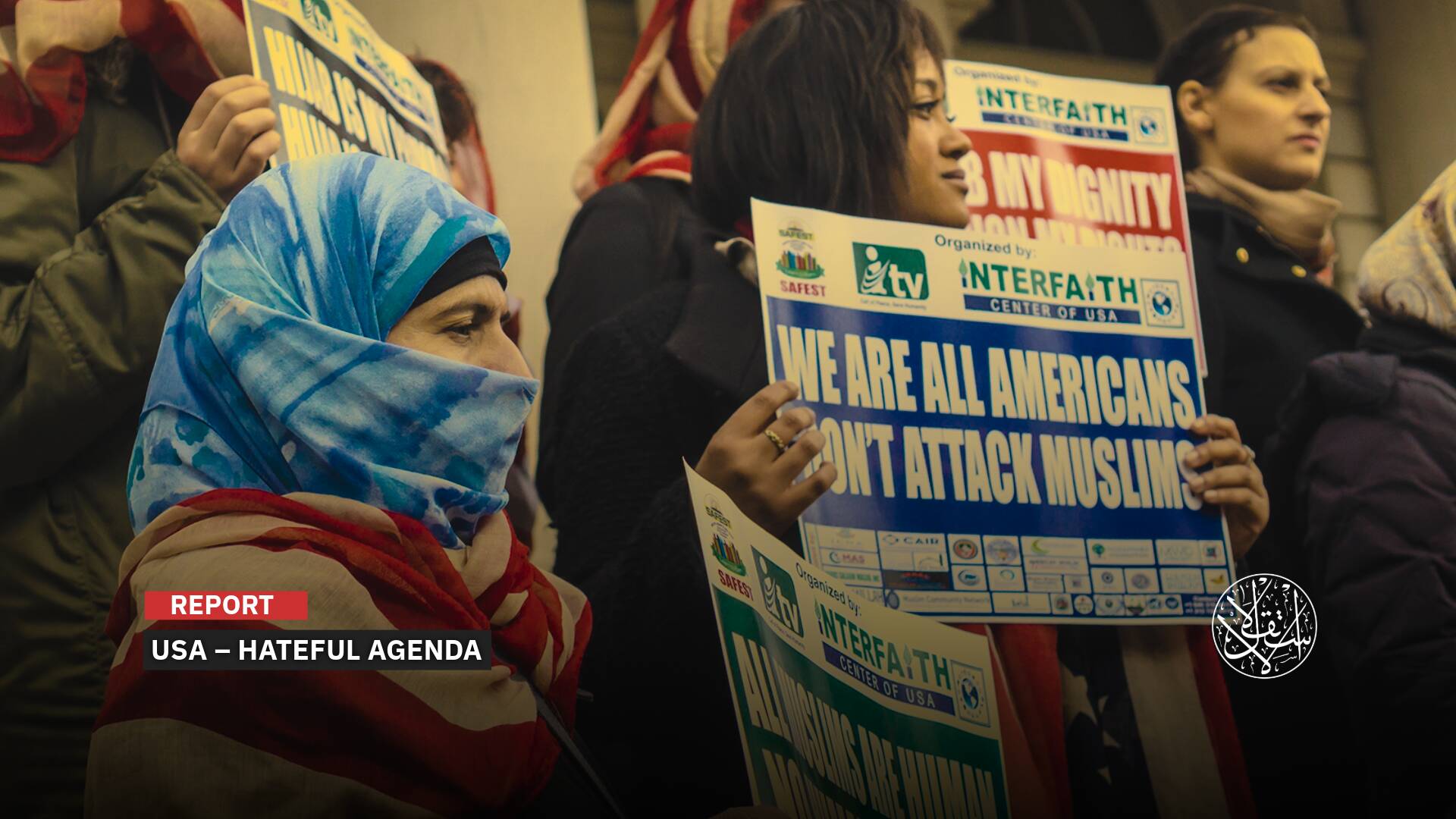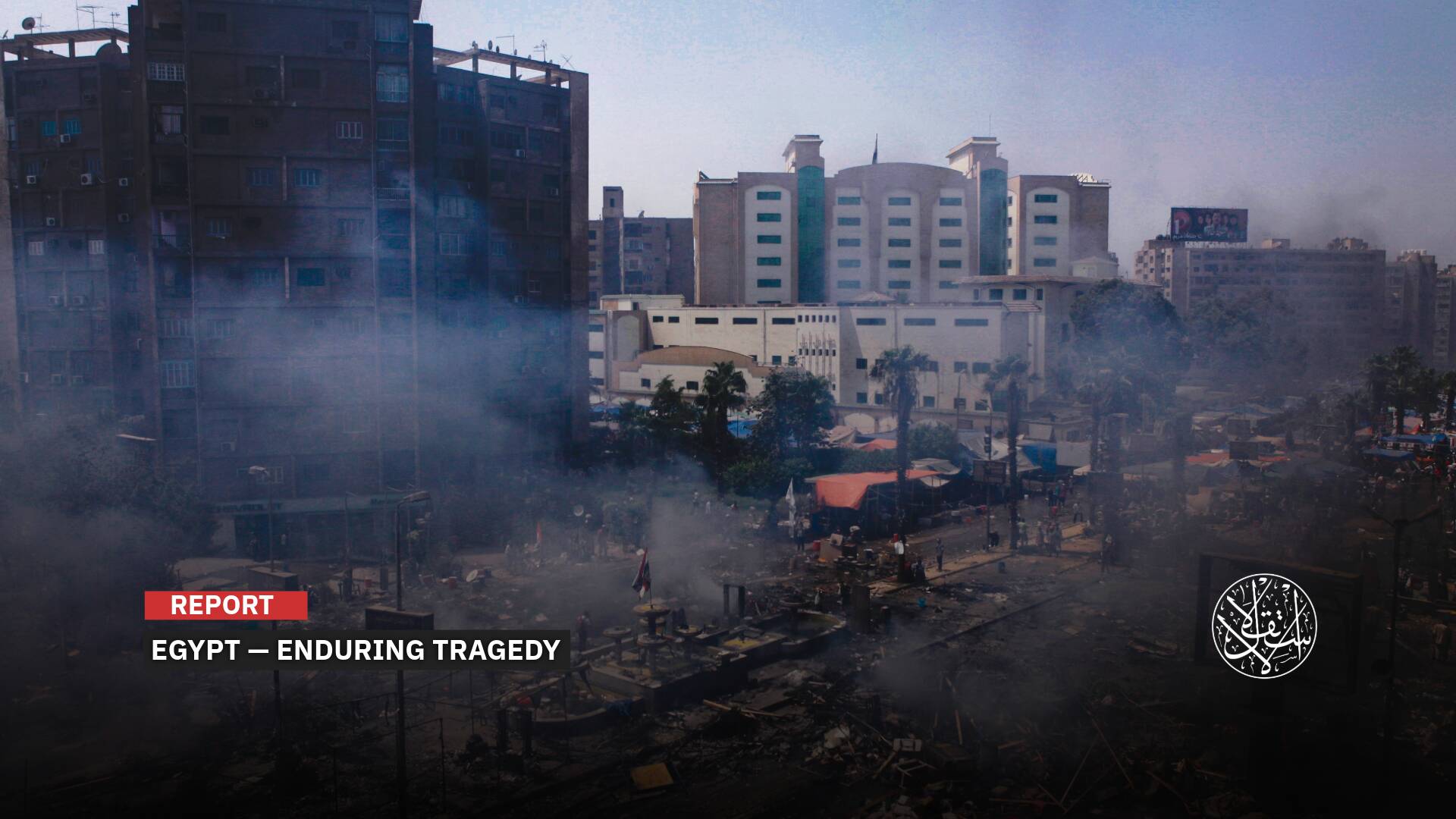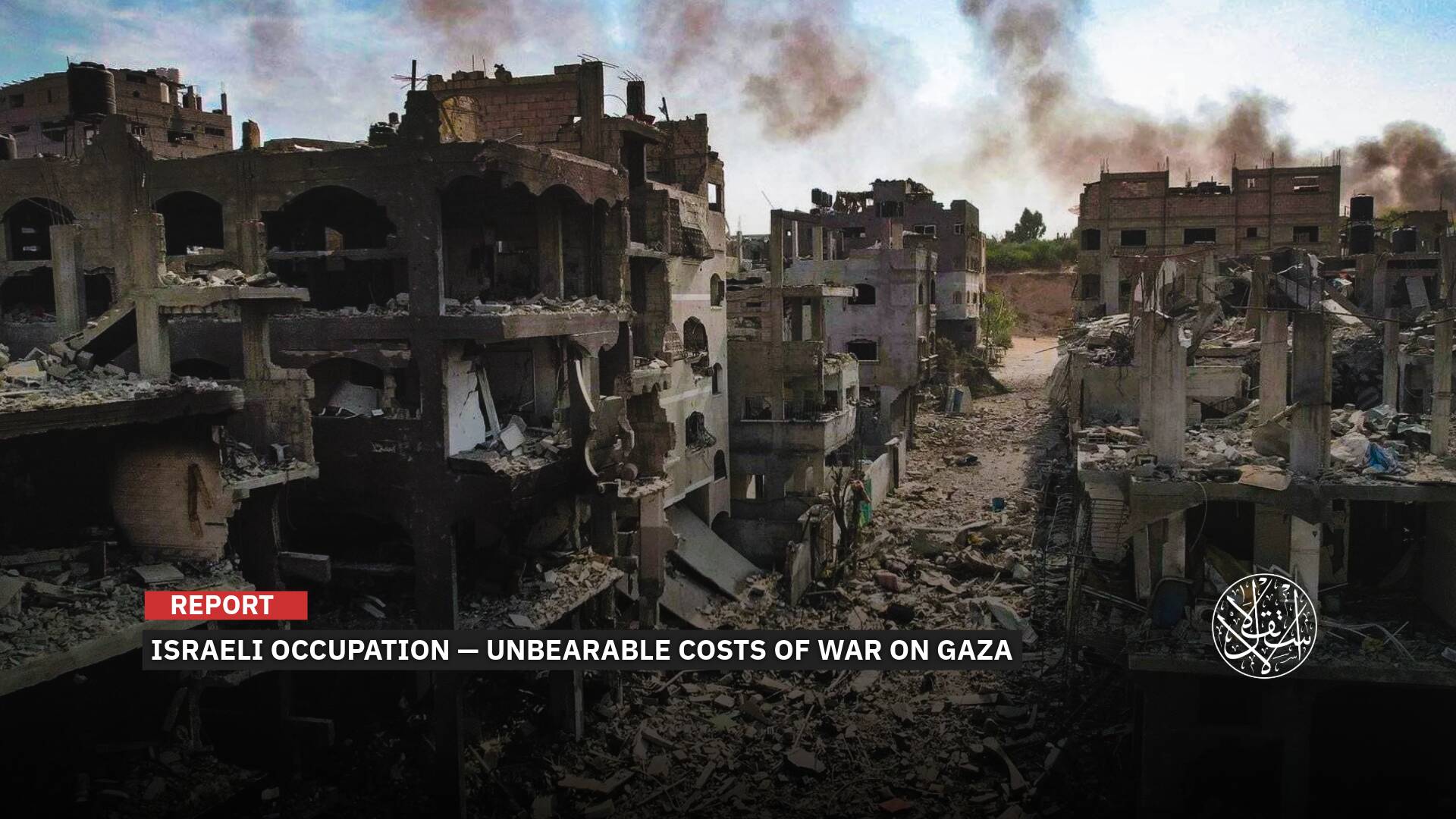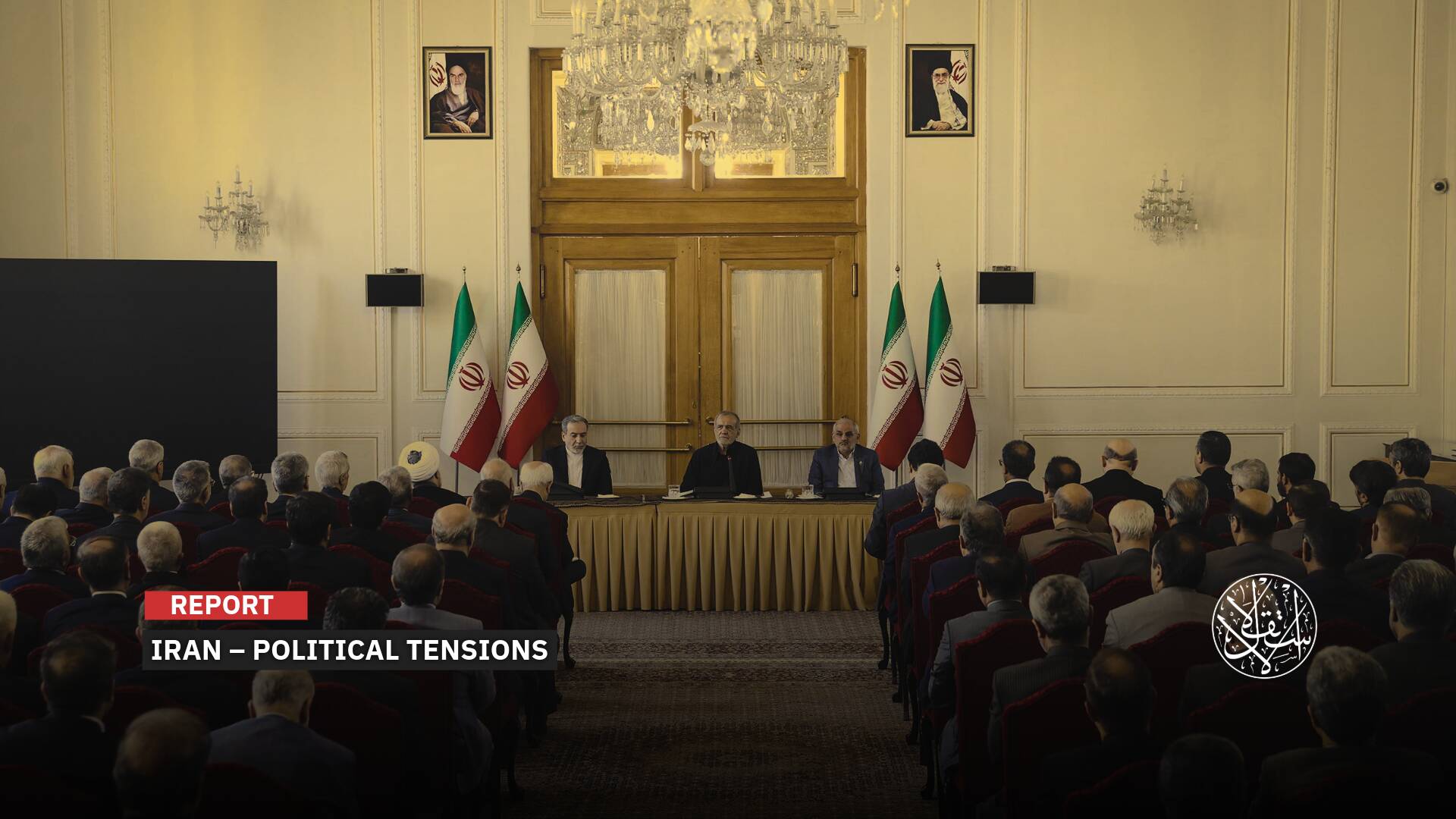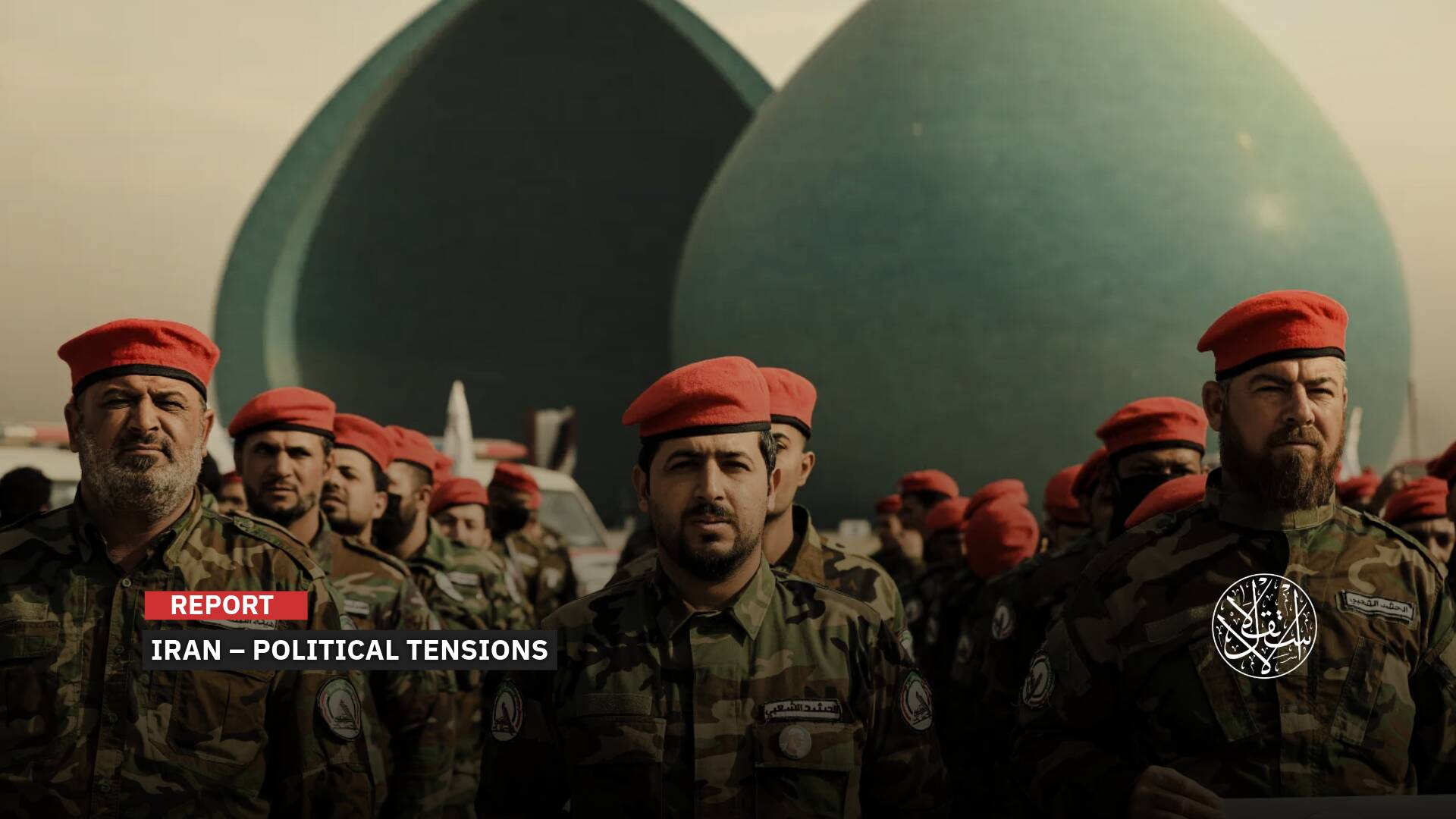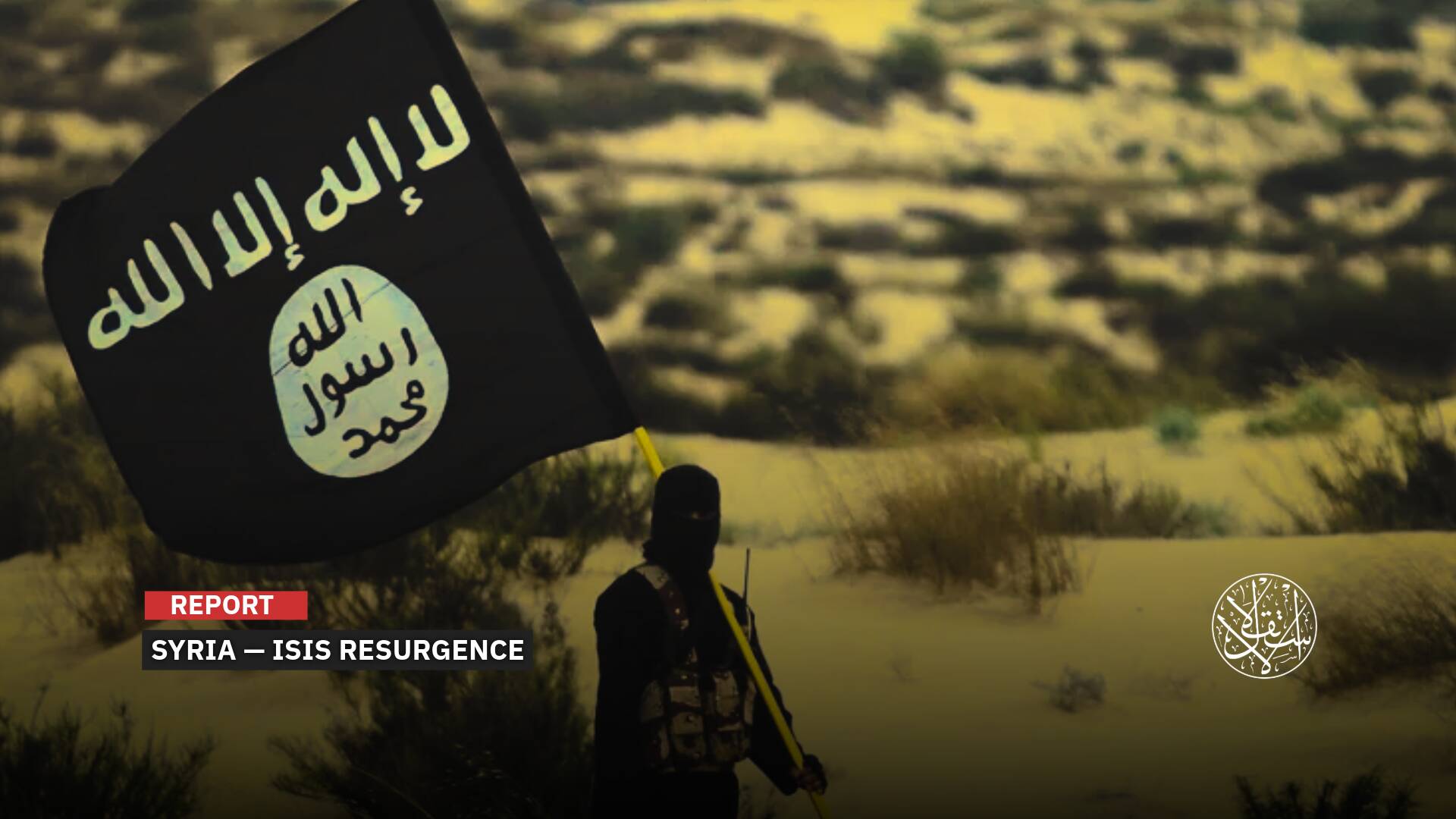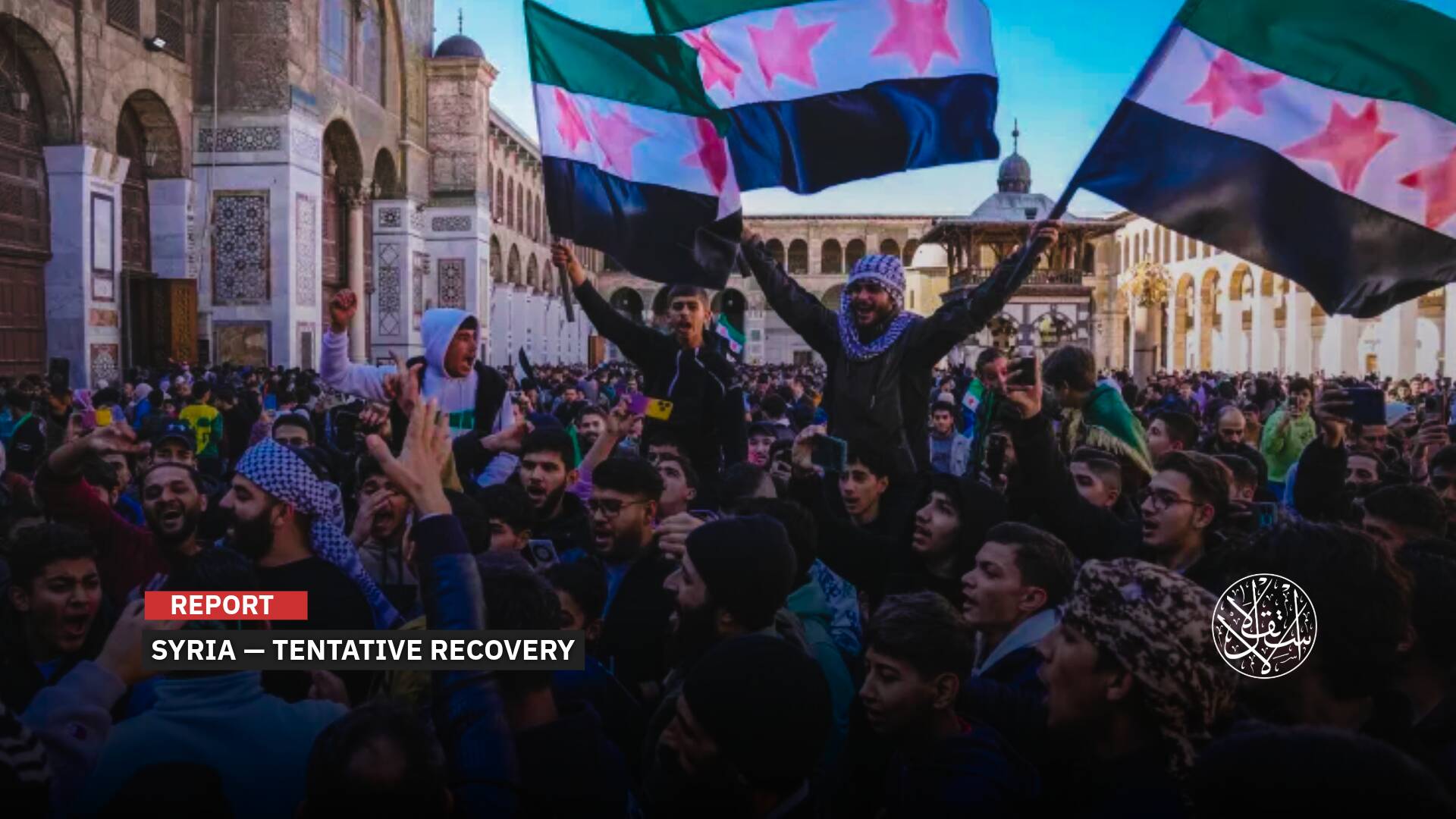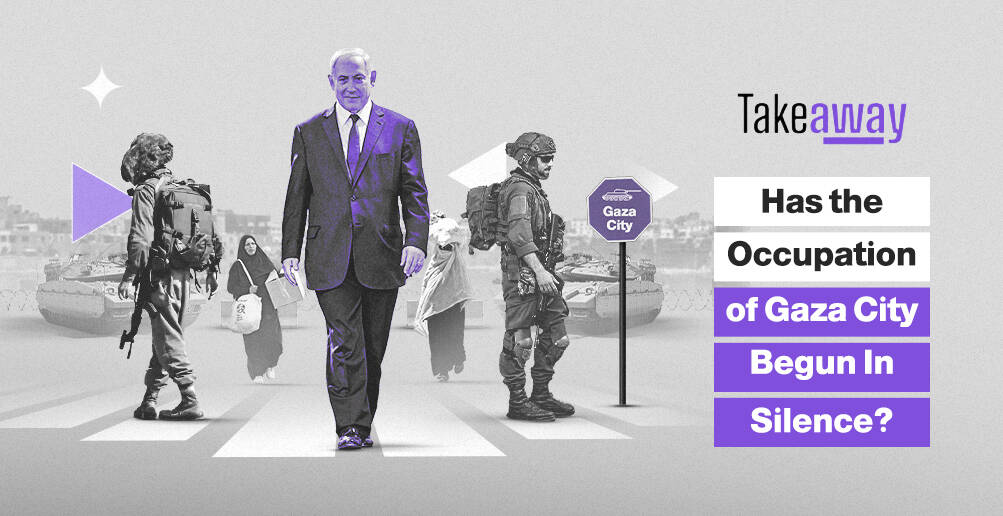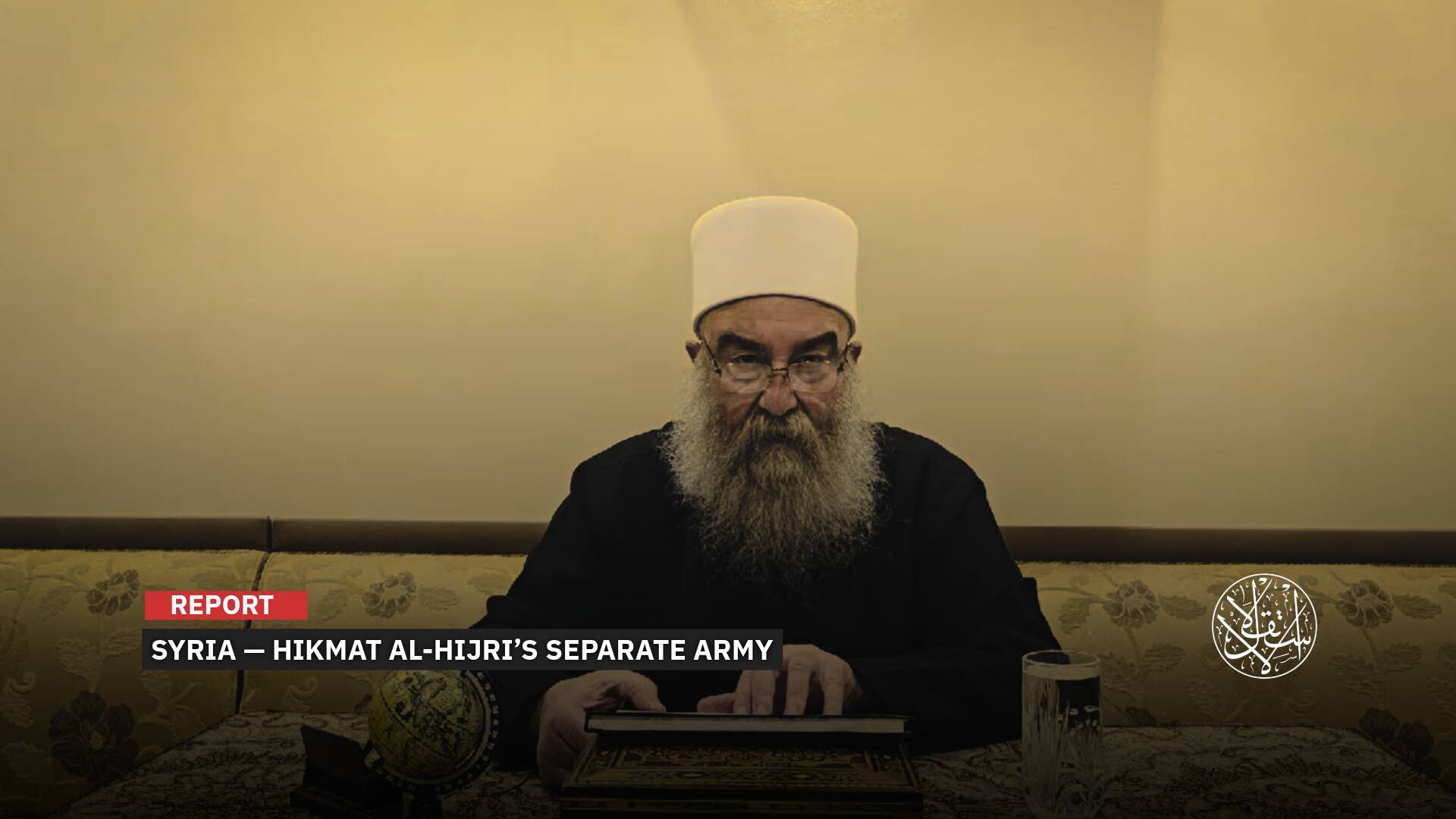What is the Real Reason Behind Sisi’s New Capital Building?

Vox revealed in a recent report that Sisi established the new administrative capital, which is about 50 kilometers from Cairo, with the aim of preventing the outbreak of a popular uprising that may overthrow his regime.
The distance between the New Administrative Capital and Cairo, as well as the military and security presence in the New Capital, will allow Sisi to defend his authority in the event of an uprising against him.
"This new capital is designed to keep the government out of the reach of the people, rather than Cairo," the report said.
The website presented a video report (about 10 minutes long), in which it confirmed that once the construction of the new capital is completed, all centers of political power in Egypt, including Sisi, will be concentrated inside, noting, “that capital will be under tight security guard, and although there is a public square called People's Square, but it is difficult to imagine millions of people demonstrating in it.”
The government claims that Cairo has become very crowded and that moving the capital will give Cairo residents and government employees more space, but this excuse is not new; for decades Egypt's rulers have been building entirely new cities in the desert, but that has not solved Cairo's density problem.
"Based on how the construction works in the arid desert, this new capital will not be a solution either,” the report notes.
'Wasted' Cost
The New Administrative Capital is a project to create a city 45 kilometers east of Cairo that was announced in March 2015 during an economic summit held in the northeastern Egyptian resort of Sharm el-Sheikh to attract foreign investors.
Amid an economic crisis that Egyptians live in under Sisi’s regime, many spectators see that the new administrative capital is a mere waste of money.
According to the Reuters news agency, the cost of establishing the entire administrative capital is about $ 58 billion, while the Egyptian government announced that the investments of the first phase in the New Administrative Capital reach $ 45 billion, in the project with a modern-style design similar to those of the city of Dubai.
The Administrative Capital Company says the total cost is far from the state budget, which did not bear anything in its construction, according to Major General Ahmed Zaki Abdeen, head of the Administrative Capital Company, noting that the company relies on its revenues from the proceeds of the sale of land in the project to investors to finance construction costs.
Officially, it was announced that the cost of the first phase of the New Administrative Capital is EGP 200 billion, while Engineer Khaled Abbas, Deputy Minister of Housing for National Projects, stated that the volume of spending within the New Administrative Capital project until March 2021 amounted to EGP 400 billion to EGP 500 billion.

Castle Against Revolution
The Egyptian government has built 8 new cities in the desert around Cairo. Each time they claimed that the goal was to alleviate overcrowding, but most of the housing was expensive.
In the January revolution in 2011, the ability to control Tahrir Square and internal Cairo allowed the protesters to effectively paralyze the government and made their presence and demands impossible to ignore. Sisi remembers that very well when he was then the commander of Egypt's powerful army when he seized power in 2013.
Nearly a month after Sisi took power, Sisi ordered his soldiers and policemen to crack down on protesters who opposed him, and his "brutal orders killed more than 800 people in the Rabaa massacre. Since then, Sisi has been systematically trying to prevent a revolution that could bring him down.
His government has shut down parties, harassed political opponents, punished journalists, and impeded freedom of expression. They are now redesigning many aspects of Cairo to make the city more difficult to protest, according to the report.
Sisi’s regime has widened dozens of streets, making it more difficult to erect roadblocks.
Sisi plans to add 40 bridges, which will facilitate the access of the army and police to the heart of the city.
Sisi's government has also renewed Tahrir Square by adding giant monuments and private security guards, which will make it harder for large crowds to gather, experts say.
The concept of creating a new city began as a solution to Cairo's growing overpopulation in the fifties of the twentieth century. The first attempt was under President Gamal Abdel Nasser who ordered the creation of a new city called Nasser City.
It was also designed at the time to be the new capital. Space was to be allocated for government buildings, markets, and a huge new sports stadium. But that was marred by a major flaw. The plan did not include the creation of affordable housing for those living in Cairo's most populous neighborhoods.
A lot of houses were needed to house the lower class. However, no space has been allocated for this within the new capital. No one wants to build a new glamorous capital and then fill it with low-cost housing. That was the trend that had started since then.
But in the seventies of the twentieth century, Egypt saw the imitation of a new leader, Anwar Sadat, who ended up not moving the capital to Nasser.
In reality, however, he tended towards the construction of "desert cities.” Beginning in 1976, the Egyptian government constructed eight new cities in the desert surrounding Cairo.

Crowding Lie
Each time the Egyptian presidents claimed that the goal was to alleviate overcrowding they were not honest, most of those cities contained only expensive housing, and none of them were provided with any public transport, making them impossible for anyone without a car.
That is why many of these desert cities remain, to this day, only partially inhabited. Most of those who have moved to Cairo belong to the middle or upper class of Cairo's population.
This means that most of the population is crammed into the small green belt that has turned into urban slums surrounding the Nile that have remained excluded from this development process,”
“So, we're seeing a situation caused by what I could say is, in particular, three or four decades of stray politics looking outside the city,” Mohammed al-Shahid, who specializes in the history of architecture and studied the urban development in Egypt, said.
President Sisi continues to follow the same approach with regard to his new capital. These areas are intended for housing but are mostly intended for middle- and upper-class populations.
"These people don't move into those dwellings with almsgiving, but they buy those properties. Thus, at other times, the target audience is affiliated with the class that owns the money. "I think the capital will have housing for low-income people, but there will certainly be very limited in number,” al-Shahid added.
Sources
- US website: Sisi created the new capital to prevent the revolution against him [Arabic]
- Widespread controversy after Sisi's talk about renting the buildings of the Administrative Capital [Arabic]
- Conflicting statements reveal shocking figures.. How much does it cost to build the Administrative Capital and its government buildings? [Arabic]


